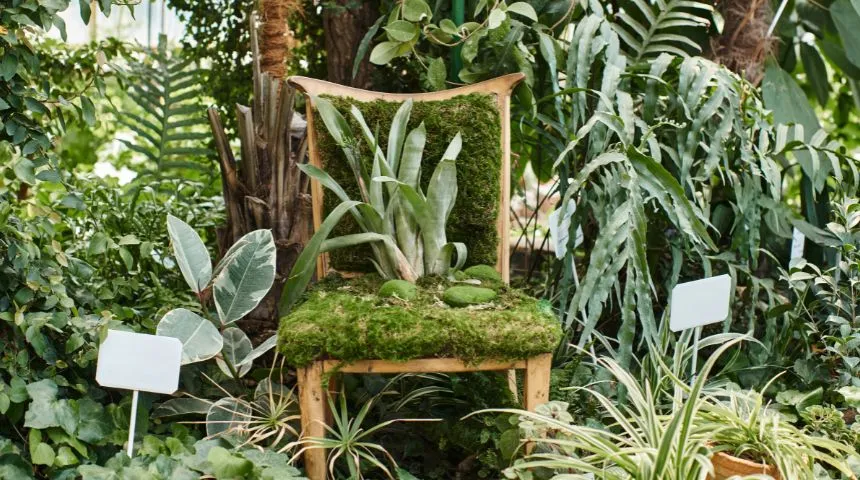Wellness research and AI shape future lighting trends | Lighting Report

WAC Group hosted a webinar on human-centric lighting earlier this week. The company’s director of business development, Patrick Laidlaw spoke with Mariana Figueiro, professor and director from the Mount Sinai Light & Health Research Center in New York. Highly technical yet engaging, the discussion focused on circadian lighting, and there were several interesting takeaways for lighting manufacturers, retailers and interior designers interested in this wellness-related segment of the lighting business.
The circadian system is a 24-hour system, overseen by a master clock in the brain. When there are no external cues (if you lived in a cave, for instance), you will continue to have circadian rhythms, but in a period slightly greater than 24 hours.
So light is the primary synchronizer of circadian rhythms; humans synchronize daily to the local time on earth, every day. We all know how critical sleep is for overall health, and more daytime light leads to better sleep. The current recommendation for good sleep is to get high light levels in the morning, low levels in the evening and darkness at night.
But how much and what color of circadian-effective light do we need?
According to the most recent studies, said Figueiro, illuminance levels play a larger role in circadian stimulus than CCT (correlated color temperature). So, if you don’t have the budget for tunable lighting, it’s ok — you can use a dimmer, for example.
A new finding revealed that light also affects mood and improves cognition in individuals with mild cognitive impairment, according to Dr. Figueiro. It also increases alertness during the day and at night, but it does not have to be blue light. Studies show that red light can have an acute alerting effect without suppressing melatonin levels, she said.
In the future, said Figueiro, every person may have an app and a lighting system in their homes, hospitals or school that will deliver individualized lighting solutions (in other words, light for you and only you), which is an intriguing concept.
This week’s webinar laid the groundwork for an Oct. 7 presentation on how to implement these concepts. You can register for that session here.
***

Lepro, a leader in AI lighting, debuted its new AI Lighting Pro Series at IFA 2025, the European tech trade show that took place in Berlin last week. This is the first AI-powered lighting collection with a built-in microphone for hands-free voice control — no external hub or speaker is needed. Users say “Hey Lepro” to adjust brightness, colors, modes, or create lighting scenes. The Pro Series understands natural-language prompts about moods or activities to create professional-grade lighting effects, and it continuously learns and adapts to your preferences.
The collection includes a table and floor lamp, strip lights and a neon rope light that can bend in any shape.
***
Stackabl is accompany that converts manufacturing and textile waste into bespoke acoustic lighting. It has introduced limited-edition colorways that reflect what’s available in its offcut inventory.
The company sequesters Merino wool felt and PET felt remnants and applies a color theory inspired by the contemporary scholar Sianne Ngai to group them into three moods – Cute, Zany and Interesting. “These aren’t just color themes – they’re part of a deeper framework that guides how we build with waste, and what your next pendant, floor- or table lamp might look like,” the company said.
Its first seasonal collection is now live on its website, along with a new configuration tool that helps customers order a la carte or customize their own pendant, table or floor lamp.













































